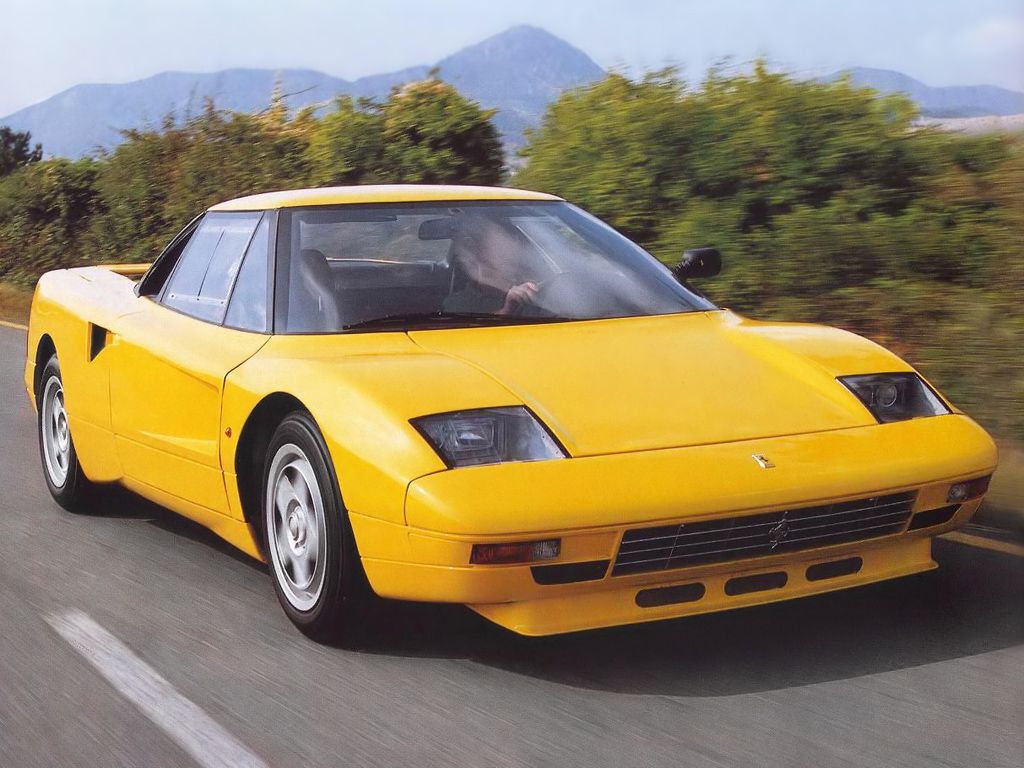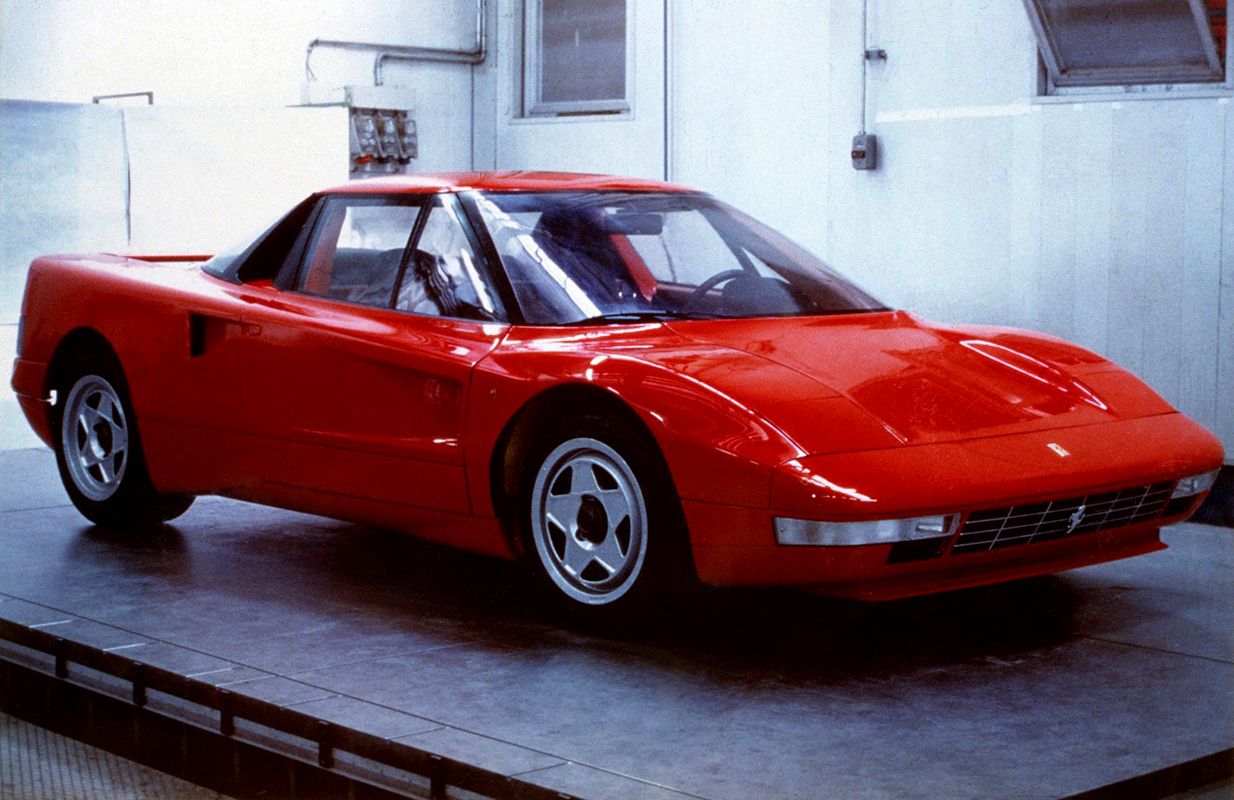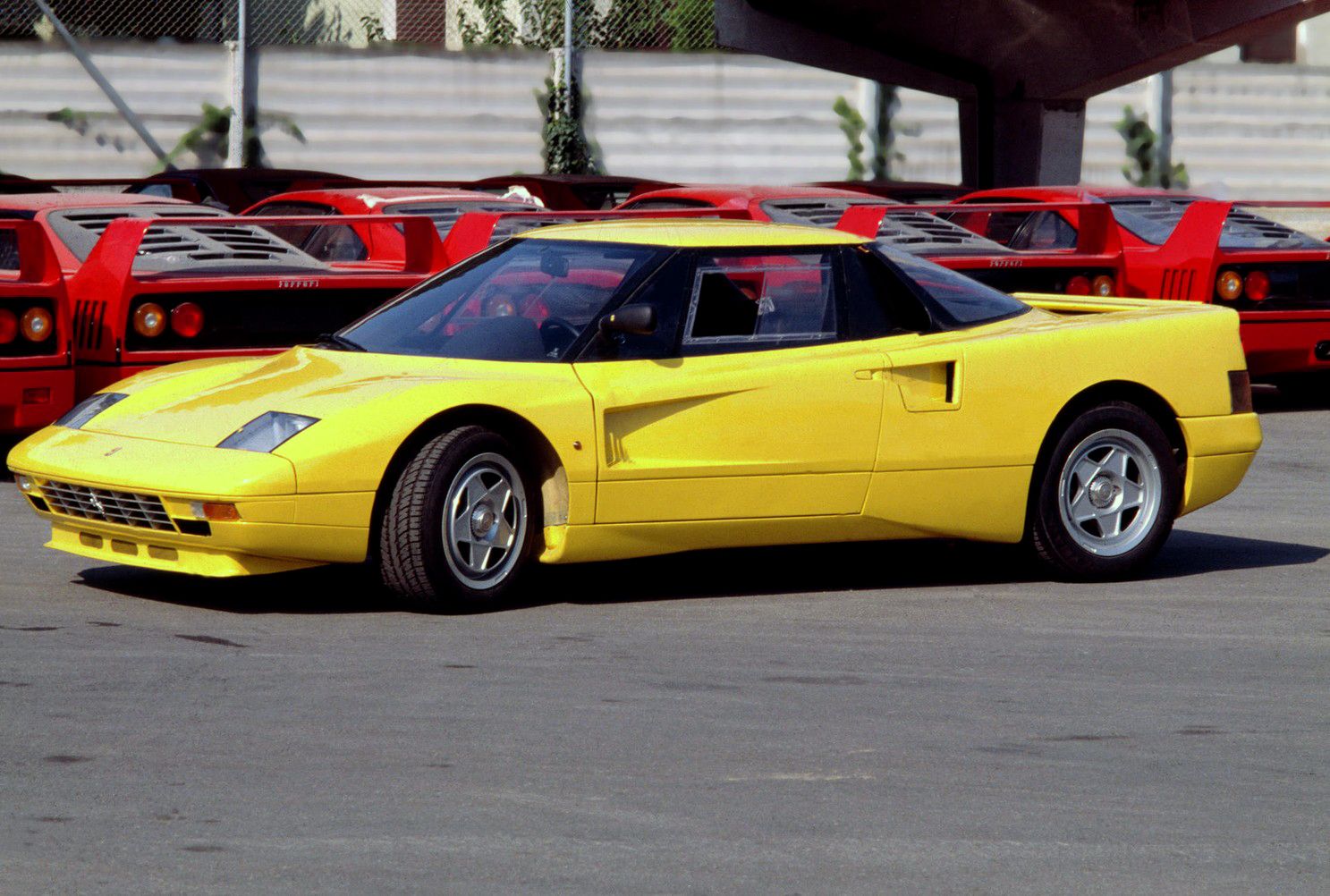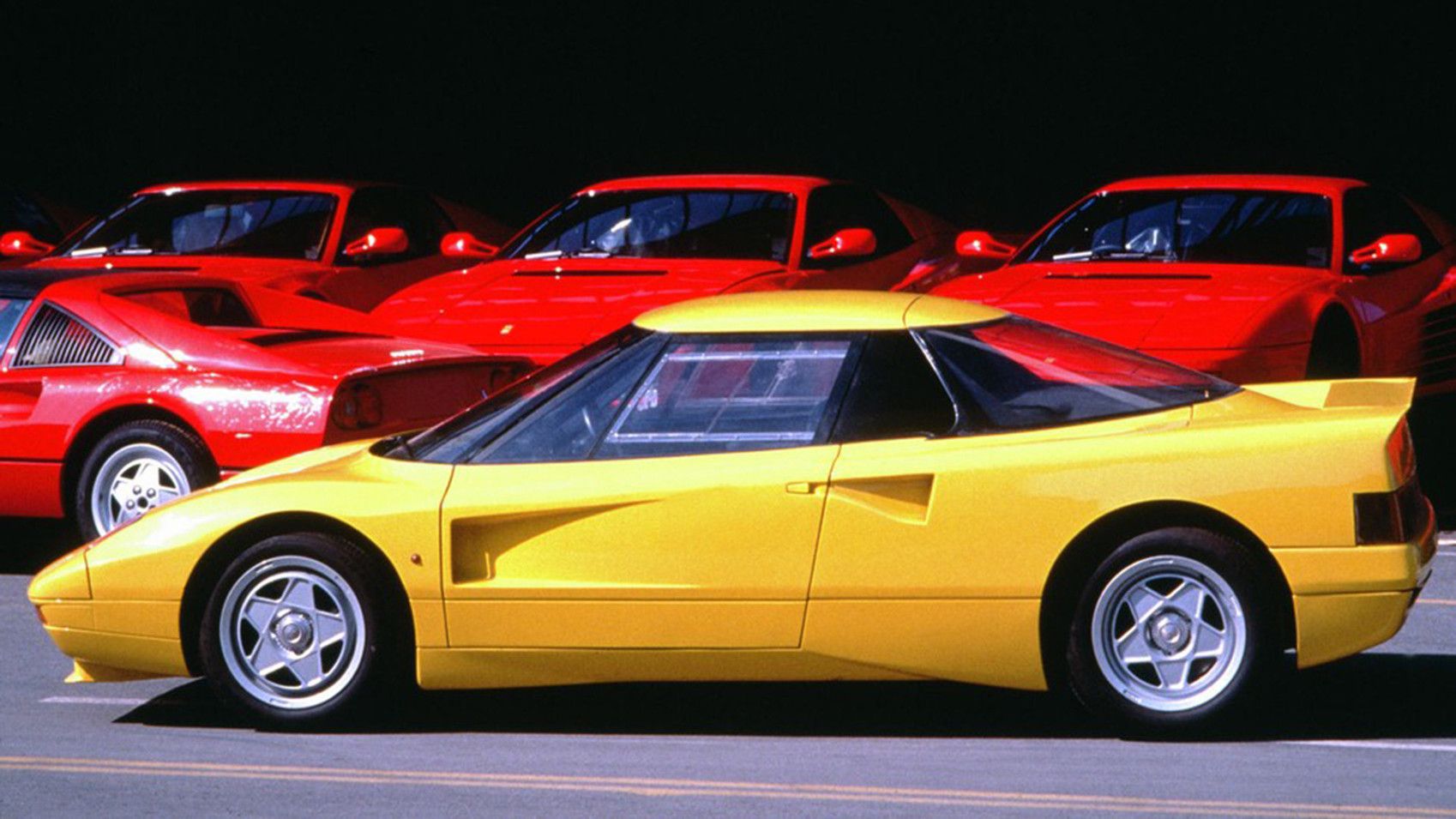The use and application of 4WD in consumer vehicles is nothing new. The first application of this technology was seen in 1893 when an English engineer, Bramah Joseph Diplock, patented a four-wheel-drive system for a steam-powered tractor. In 1903, Spyker became the first automaker to bring it to mainstream automobiles.
The true evolution of 4WD came about with WWII when all major manufacturers started developing lightweight vehicles with four driven wheels for the military. Soon enough, Germans found that the traction gains from a 4WD system could prove highly beneficial on the dirt roads of the Group-B rally stages as well. As a result, Audi became the first to fit its purpose-built performance car with an all-wheel-drive system in 1980, and the rest is history.
The Genesis of Ferrari's 4RM
But, Ferrari as a brand was never concerned with mucking about in the dirt. And, as a result, Ferrari road cars stuck to a rear-wheel-drive layout for the most part to favor driver involvement. After years of R&D, in 2011 Ferrari introduced the world to its latest V-12 powered creation in the form of the Ferrari FF, a grand tourer that took inspiration from the iconic and forgotten bread-van design and combined it with practical seating for four. The name FF was an acronym for Ferrari Four for four seats and four-wheel drive because the Italians like to keep their nomenclature as basic as possible (case in point, the Maserati Quattroporte).
The party piece of the FF was Ferrari's 4RM system that sent power to all four wheels using a revolutionary new twin gearbox setup. This takes me back to the days of the Berlinetta Boxer that tried to revolutionize the mid-engined layout with its flat-12 layout. On closer inspection, there's a lot more going on with the FF's AWD system. Unlike a conventional four-wheel drive fitted to a front-engined car, 4RM allowed for the retention of the mid-front engine architecture. With the V-12 positioned behind the front wheels for optimal weight distribution, the ingenious but simple solution was to place a compact Power Transfer Unit (PTU) ahead of the engine. The PTU is essentially a two-speed transmission with a clutch pack that takes power directly from the engine with no direct linkage to the rear wheels. Located over the front axle, this PTU manages torque to the front wheels and distributes it left and right as required. This means a low hood line and lower center of gravity in addition to the ability to retain the rear-mid architecture, a feat that isn't possible with traditional AWD systems that have engines sitting over or beyond the front axle, often resulting in catastrophic amounts of understeer (looking at you, Audi).
The simple workings of Ferrari's complex AWD
Back in the day, Lexus got a lot of criticism for essentially combining a CVT and a conventional Torque Converter to create the LC500's 10-speed transmission. It was deemed overly complex by many, but Ferrari takes it up a notch by furnishing both axles with separate gearboxes. In addition to the two-speed TPU upfront, there is a conventional and bulky seven-speed Dual-clutch transaxle setup at the rear which gives the FF its near 51:49 weight distribution. The two-speed TPU upfront communicates with the rear wheels with nothing more than a series of computers. The result of all this complexity is an all-wheel-drive system that weighs 50-percent less than any system before it.
Simply put, the first two gears of the main transmission work with the first speed of the PTU and the third and fourth gears with the second speed. Above fifth gear, the FF is RWD only as it detaches the front clutch pack, which seems like a neat arrangement considering the 4WD system is only meant for grip in low traction situations like snow, mud, etc.
But, the important question is, why did Ferrari even make this because those who want a fast grand tourer with 12 cylinders and AWD could always get the or if it's outright speed and performance a driver seeks, then an Aventador or Huracan AWD should do the trick. In short, this weird shooting brake had a lot to prove. The answer is because its customers asked for it. A grand tourer like the FF needs to be capable of taking its customers to a ski resort and that calls for a proper AWD system.
As Tiff Nedal and other notable automotive journalists pointed out, the beauty of this system, that gives it an edge over other AWD supercars is how the 4RM favors the rear wheels. Most of the power, even at lower speeds, is diverted to the rear wheels, and at the top end, it ditches the front wheels entirely to deliver an AWD experience like no other. There is no inherent understeer which is the biggest drawback of a conventional AWD system. The long wheelbase combined with the tricked-out E-Diff that's baked into the transmission means that the FF loves to stick its tail out and can perform powerslides like a proper RWD sportscar.
Ferrari's history with All-Wheel-Drive
The FF might be the brand's first-ever 4WD, but the idea of a car with four powered wheels has enticed Ferrari engineers for quite some time. Back in the late 80s, Ferrari was working on two concept vehicles, designated 408/4RM, but the original design was taken out of consideration because of the weight imbalance a heavy AWD system would create. But, when they did finally commit to the idea, they went above and beyond to restore every ounce of Ferrari DNA that would be lost to the AWD drivetrain. After the Ferrari FF, in 2018, Ferrari introduced its successor in the form of the GTC4 Lusso, which cosmetically looked like a mid-facelift but under the skin, it was a massive evolution in every respect. This car not only made more power than the FF, but it also added rear-wheel steering for good measure. That, combined with the ECU tweaks, made it an even better GT than before.
The GTC4 Lusso-T was also introduced that ditches the naturally aspirated V12 for a smaller, lighter but plenty powerful twin-turbo V-8 that made 602 horsepower, and crucially it ditched the 4RM AWD system to keep both the weight and price at bay. The GTC4 Lusso lineup ended production in August of 2020, putting an end to Ferrari's revolutionary AWD system. No new versions seem to be on the horizon but the AWD legacy of Ferrari lives on with the latest and greatest Ferrari SF90 hybrid hypercar and the upcoming Ferrari Purosangue SUV could resurrect and improve upon this AWD system.




